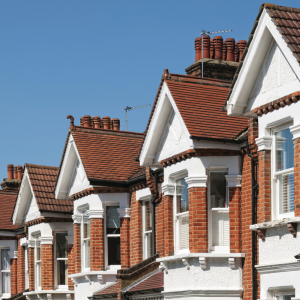
The survey measures overcrowding and under-occupation by comparing the difference between the number of bedrooms needed to avoid undesirable sharing, and the actual number of bedrooms in the property.
It found that around 37 per cent of homes were under-occupied, equating to around 8.7 million households with two or more spare bedrooms.
More than half of owner occupied properties were under-occupied, compared to just 14 per cent of private rented properties and less than eight per cent of social rented households.
Over the last two decades the proportion of owner occupied homes with spare bedrooms has jumped from 41 per cent to its current level.
Decent homes standard
The survey also revealed that the standard of housing in England has continued to rise. Around 18 per cent of homes ‒ around 4.3 million ‒ failed to meet the decent homes standard. This is a significant drop from the 33 per cent measured in 2008.
Around 17 per cent of owner occupied homes fail to meet the standard, ahead of the 12 per cent of social rented homes. One in four private rented properties are classed as being of an indecent standard.
The housing breakdown
Overall, the study found there were an estimated 24.2 million dwellings in England in 2018. Of these 63 per cent were owner occupied, with a further 20 per cent privately rented.
Another 1.6 million were local authority, while 2.5 million were housing association homes.
Around 92 per cent of owner occupied dwellings were houses and bungalows, compared to 63 per cent of privately rented properties and 56 per cent of social rented stock.
The survey also found that the number of first-time buyers tapping into their savings to help fund the purchase has risen over the last year, while the proportion of income devoted by borrowers to their mortgage payments has remained at 18 per cent.
















